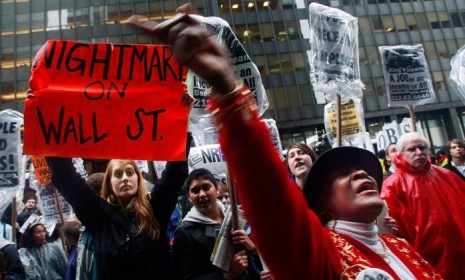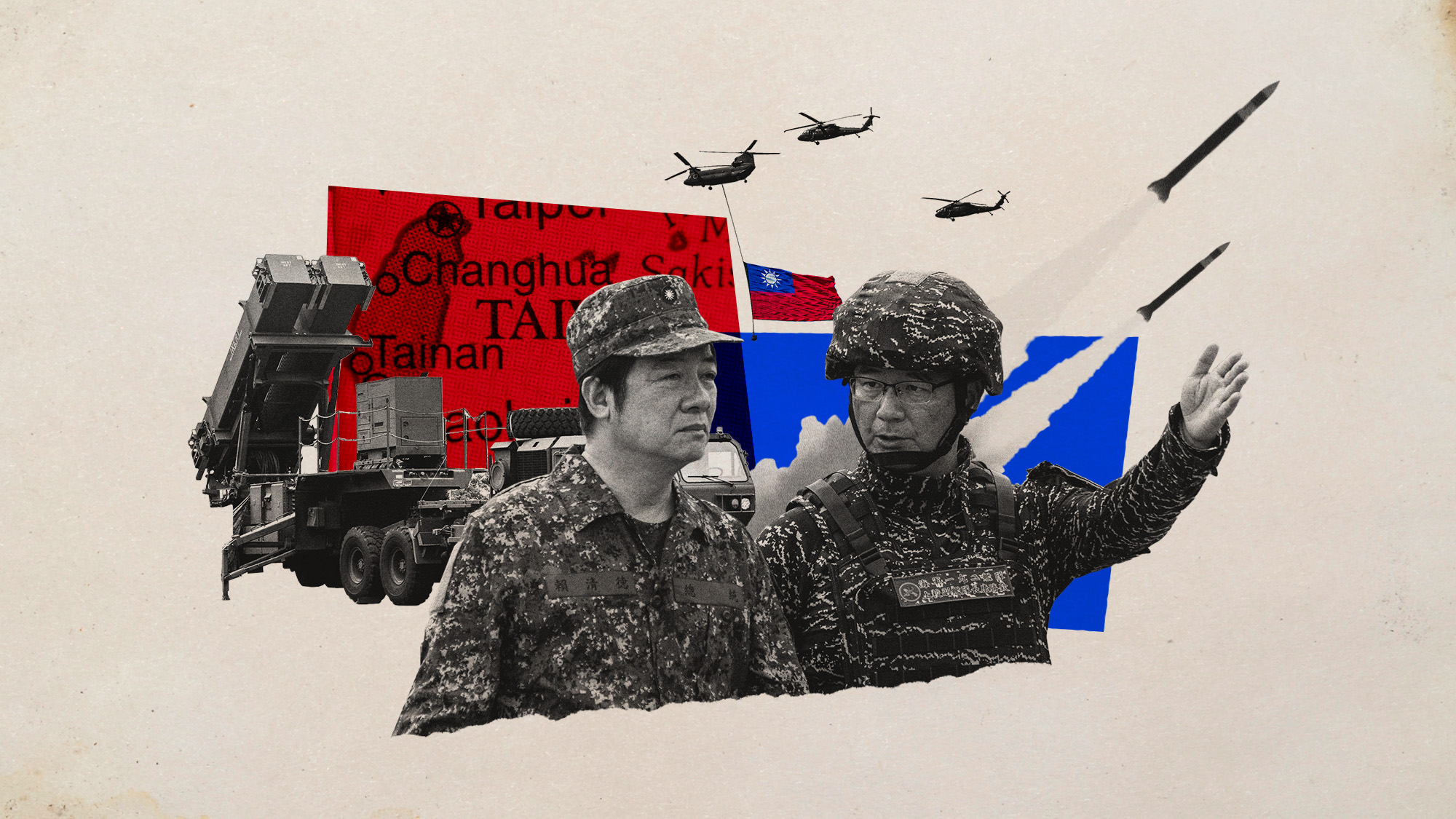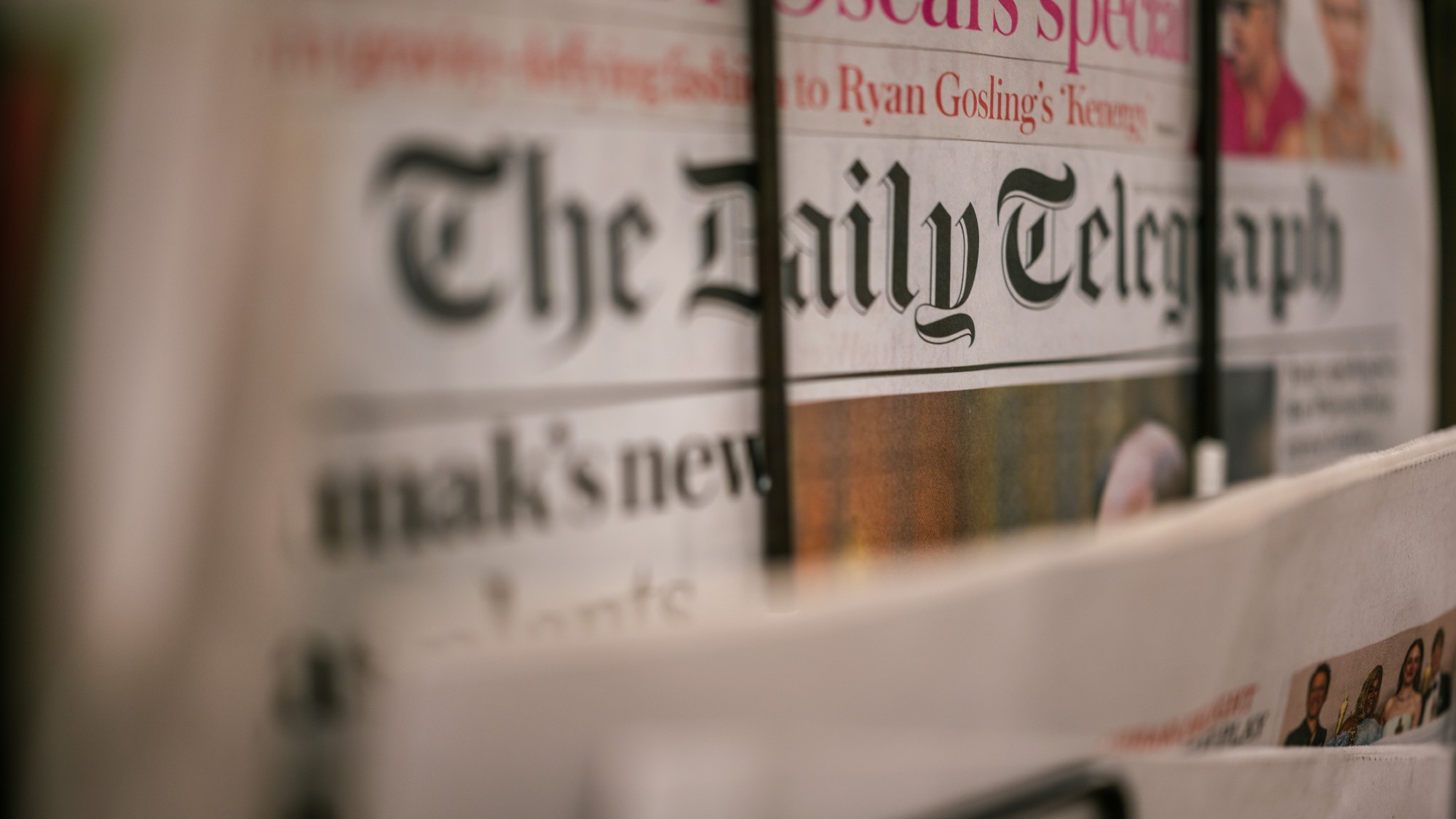The 2008 Wall Street meltdown: What really happened
The Federal Reserve has released details about $3.3 trillion in emergency loans it made to help prevent a financial collapse. What do the new numbers reveal?

The Federal Reserve took extraordinary steps to prevent a major meltdown of the global banking system after the panic-inducing September 2008 implosion of investment bank Lehman Brothers. But the extent of that aid, nearly $9 trillion in short-term loans, and the amount it stretched the Fed's legal authority, were largely unknown until Wednesday, when the central bank released the details of more than 21,000 transactions with financial firms and other companies. (Watch a CNBC report about the report.) Here's a look at some surprises revealed in the data:
The Fed lent money overseas, too: "Perhaps most surprising is the huge sum that went to bail out foreign private banks and corporations," says Sen. Bernie Sanders (I-VT), a Fed critic. Under a program called the Commercial Paper Funding Facility, Swiss bank UBS borrowed $74.5 billion — more than twice as much as the top American recipient, Citigroup. Britain's Barclays got $47.9 billion through another loan program, and France's BNP Paribas borrowed $41.6 billion. The European Central Bank and other national banks also turned to the Federal Reserve for help.
Lots of big banks were truly desperate: Wall Street giant Goldman Sachs borrowed from an emergency overnight loan program 84 times to the tune of nearly $600 billion. Morgan Stanley used one Fed program 212 times between March 2008 and March 2009, "indicating how close Wall Street's second largest investment bank came to the brink of collapse during the crisis." Bank of America got more than 1,000 loans, and Merrill Lynch got 226 emergency overnight loans totaling $2.6 trillion.
The Week
Escape your echo chamber. Get the facts behind the news, plus analysis from multiple perspectives.

Sign up for The Week's Free Newsletters
From our morning news briefing to a weekly Good News Newsletter, get the best of The Week delivered directly to your inbox.
From our morning news briefing to a weekly Good News Newsletter, get the best of The Week delivered directly to your inbox.
Hedge funds and mutual funds also got help: Big institutional investors borrowed $71 billion through one Federal Reserve program called TALF. The California Public Employees Retirement System, the country's largest pension fund, got help. University endowments and even the Major League Baseball Players Pension Plan also took part.
But it was not just financial firms: To make up for the freeze in short-term loans called commercial paper that companies often use to fund payrolls, rent, and inventory stocking, the Federal Reserve opened up direct lending to non-financial businesses. General Electric, Caterpillar, Harley-Davidson, McDonald's, and Verizon all took advantage of the program.
Sources: Federal Reserve, Wall Street Journal (2), New York Times (2), Bloomberg (2), CNNMoney, Washington Post, AFP, BusinessWeek
A free daily email with the biggest news stories of the day – and the best features from TheWeek.com
-
 Taiwan eyes Iron Dome-like defence against China
Taiwan eyes Iron Dome-like defence against ChinaUnder the Radar President announces historic increase in defence spending as Chinese aggression towards autonomous island escalates
-
 Political cartoons for November 30
Political cartoons for November 30Cartoons Sunday's political cartoons include the Saudi-China relationship, MAGA spelled wrong, and more
-
 Rothermere’s Telegraph takeover: ‘a right-leaning media powerhouse’
Rothermere’s Telegraph takeover: ‘a right-leaning media powerhouse’Talking Point Deal gives Daily Mail and General Trust more than 50% of circulation in the UK newspaper market